Is Outlander still a groundbreaking TV show, a description used by many in the news media and fandom after Outlander Season 1. Blogger Andrée Poppleton shares her thoughts on why the description may no longer hold.
Just to set the scene here — The Outlander story is important to me. I am as much a die-hard Outlander fan as anyone. I have all the credentials: repeated viewings, bingeing, reading all the books and listening to all the audio books multiple times. I visit the Outlander locations and watch the filming on occasion (if I am lucky enough to be in bonny Scotland). And importantly, I am not one to complain and pick the nits from the book-to-screen transition. I understand that it’s a different medium, with different constraints and priorities for storytelling.
All that said, I was aware that after each episode of Outlander Season 4, I found myself becoming sadder and sadder about what has become of Jamie and Claire in the on-screen version of my favourite book-based story. This is not about the production of the show or the look of the show; it’s about the feel of the show. The feel of the story of our central couple, the hero and heroine, has changed so much, and I have a sense of loss from this.
Actually, it’s about two things — sex and feminism.
When Outlander the show was new, commentators and critics used descriptions like “ground- breaking,” “radical” and “progressive.” Outlander was hailed as a cutting-edge TV show. This was essentially because the depiction of the central couple was in fact radically different from anything hitherto seen on television. There was much talk of the female gaze and a feminist perspective. We were shown a relationship where heterosexual sexuality was expressed in an egalitarian fashion. Please note that I am not referring at all to the sexual assault scenes of Outlander (which are about power relationships, not sexuality) but the consensual sexuality of Jamie and Claire.
And they had fun, too.
In the early days the producers, writers and actors alike seemed to revel in this analysis of the show. Ron D. Moore said that the show would not have gratuitous sex, but instead they would show what really happens in a sexual relationship (between a consenting heterosexual couple). And if my memory serves me correctly, I heard Sam Heughan say that this show is different because we don’t fade to black in the intense, intimate moments. Then, they started fading to black.
Why the change? Some say that with so much material to cover from the books there just isn’t time to focus so closely on Jamie and Claire’s intimate life. To that I would ask, why then is there SO MUCH time to spend on people wandering, stumbling, hobbling or being dragged through the countryside, and feeding goats and horses, doing the washing and passing the potatoes. (ye ken?)
In one interview (maybe at San Diego Comicon?) in response to an interviewer jokingly mentioning that his grandmother liked the sex scenes, Caitriona Balfe said she loves that an old woman finds it thrillingly sexy and hopes that when she’s that age that can happen for her.
More recently, on November 23rd, 2018 (when interviewed by Debra Birnbaum on Remote Controlled) Balfe was asked again about possible upcoming sex scenes in the show. She said that when Outlander first screened, she was shocked that people were lauding their sex scenes as somehow revolutionary, and she discovered that women were starved for representation and for stories told from a female point of view. “There’s a lot of horny grannies out there,” she said. However she went on to say that it was easier to depict the sex scenes for a couple falling in love and meeting for the first time, that this fits easily with the narrative. But it’s difficult fitting this in to the lives of a couple who have been together for a long time — how to keep it new, fresh and interesting. How to make it part of the plot without just shoe-horning sex scenes into the story is a challenge for the actors and the writers going forward. She said fans may just have to get their titillation elsewhere.
There is surely a shift in attitude as the series has progressed. At the same time, the actors, producers and writers often cite their ability to refer to the source material, Diana Gabaldon’s books. When consulting the source material as a whole (not just individual scenes perhaps?), do they not see that Jamie and Claire’s enduring bond is the molten core of the story? And that they continue to be a couple where sex (and really passionate, intense sex) is integral, and a frequent occurrence in their relationship? And not just the languid, tender moments and longing looks we mostly saw in Outlander Season 4, as sweet and lovely as they were. Their sexual relationship is not a plot line for this warrior couple; it is a refuge, a sacred space for the two of them, which underlies and enhances the plot.
Remember when make-up sex was really passionate?
For those who are not book readers and may not know the intensity of this attachment between Claire and Jamie even as they grow older, here is an excerpt from An Echo in the Bone when Jamie and Claire are around 60 years old. It’s a scene in the chapter “Transverse Lie,” where Claire is returning home exhausted after attending a difficult childbirth … Jamie comes out and meets her on the path home ….
“I need you, please,” she whispered, her mouth against his, and without reply he took her up in his arms … and kissed her deep, then put her down and led her down the hill, the light snow seeming to melt away from their feet as they walked.
It seemed like no time at all to reach the barn …. It was too cold to undress, but he laid his cloak in the straw, her upon it, and lay upon her, both of them shivering as they kissed, so their teeth clacked together and they drew back, snorting.
“This is silly,” she said. “I can see my breath, — and yours. It’s cold enough to blow smoke rings. We’ll freeze.”
“No we won’t. Ken the way the Indians make fire?”
“What, rubbing a dry stick on a ….”
“Aye, friction.” He’d got her petticoats up; her thigh was smooth and cold under his hand. “I see it’s no going to be dry, though — Christ Sassenach, what have ye been about?’“He had her firmly in the palm of his hand, warm and soft and juicy, and she squealed at the chill of his touch, loud enough that one of the mules let out a startled wheeze. She wriggled, just enough to make him take his hand out from between her legs and insert something else, quick.
…. He wanted to simply let go at once .. (but) A dim sense of obligation reminded him that she’d asked him for this; she needed it. He couldn’t go and leave her wanting.
And so it goes on … and on ….. and on … until ….
He pulled out the finger and guddled her, light and quick, all along the slick deep parts, feeling his own cock under his fingers, big and slippery, stretching her ….
He made a terrible noise himself — like a dying cow — but was too happy to be shamed.
“Ye’re no verra peaceful, Sassenach,” he murmured a moment later, …. “But I like ye fine.”
To show a scene like that on television, an ‘older’ couple married for many, many years having sex like that, would be quite a challenge to our society’s youth culture, and would indeed be ground-breaking.
Executive Producer Maril Davis said that the scene in Outlander Episode 401 where Jamie and Claire have sex in the woods (after shaking off Stephen Bonnet), was a “nod” to a very sexy scene in the book. In the book, Jamie happens upon Claire who has decided to have a bit of hot sex with herself while waiting for him to turn up! The scene in the book is wondrous, because, harking back to the wedding night when the naïve young Jamie did not know women could have orgasms, here, the much older Jamie did not know that women could masturbate. This is an example of how in the source material Jamie and Claire are always discovering and enjoying new things about each other, often reflecting their different perspectives and understandings from different times. The TV scene, which opened with Claire dabbing Jamie’s naked torso with some kind of damp cloth, does not really evoke the intent of the book. To show that scene would’ve been radical, like the good old days.
So, what did some of the commentators say back in those good old days?
In her 2014 HuffPost article “Outlander and the Female Gaze: Why Women Are Watching,” Jenny Trout wrote:
‘Outlander presents a fantasy that doesn’t seek to appease the pornography-influenced tastes of a straight male audience…
Outlander is a drama crafted for the straight female gaze…Instead of painting female pleasure on the male terms of the virgin/whore dichotomy, the audience is shown sex as a normal, matter-of-fact piece of the relationship puzzle.”
“Female sexuality isn’t demonised, and engaging in sex doesn’t diminish Claire as a character,” she continues. “Outlander is the rare television drama that shows us a woman who is sexually experienced without being the villain of the piece, and a man who sees her desire and pleasure as a participatory experience, rather than an object to edify his own importance.”
“It’s far too easy to suggest that the repressed desires of bored housewives are driving Outlander’s success,” Trout notes. ”Women know better. When presented with a complex, emotionally engaging plot and sensual content that doesn’t degrade or shame female sexuality, they’ll tune in, gladly. If the growing fan base is any indication, Outlander is the show that television has been needing for a long, long time’.
In the online literary journal, Overload, Jodi Mcalister added her take on this phenomenon in her 2014 article, ‘The Radical, Romantic Female Gaze of Outlander’.
Outlander, she writes, shows us a “relationship which is radically egalitarian, given the power dynamics inherent not only in the heterosexual relationships of the eighteenth century but also those we frequently see on screen. Jamie does not want to just look at or sleep with Claire: he wants to know her, to talk to her, to listen to her, to understand her. He is anxious to know whether she enjoys sex — ‘did you like it?’ he asks Claire immediately following their first sexual encounter.”
‘Their communicative, caring and mutually participatory sex life, governed by a romantic erotics of talk, is a welcome contrast to both common male gaze-driven scenes elsewhere and to the scenes of sexual violence within the show, where male aggressors attempt to treat the female body as an object to overpower and use. In ”The Wedding,” in Outlander Season 1, “without the threat of sexual violence, the female viewer can be content simply to take pleasure in looking,” Mcalister writes.
More recently, on October 23rd, 2017 Carly Lane wrote a piece for SYFY called ”It’s No Coincidence that the Sexiest Episodes of Outlander Were Written By Women.“ This was written ahead of the much anticipated print shop reunion of Jamie and Claire.
“The Wedding, … was hailed back in Season 1 for its unapologetic representation of the female gaze on-screen; it felt revolutionary in a sea of ill-conceived and lazy depictions of sex on television, many of which aired within that same time frame. A. Malcolm feels primed to garner similar praise for a lot of the same reasons. It’s what both episodes share, however, that should be a leading focus among critics: the perspective of a female filmmaker. When episodes like these are demonstrating the potential of sexual representation on-screen and the consideration afforded to female desire, anything less feels like table scraps. Outlander may not be for every fan, but the statements it’s choosing to put forward about sex are proof of a positive shift in the realm of genre television.”
Unfortunately, those days seem to have disappeared.
Outlander is no longer spoken of as radical, ground-breaking, revolutionary and/or progressive. Even though it has the most amazingly wonderful production values and fabulous actors, it has become, in many ways, another historical drama. The show is brimming with adventures, cliff hangers, great characters and performances, social commentary and lots of sentimentality. It has lost touch, however, with the thrust and depth (puns intended) of the writings of Diana Gabaldon, who shows us a relationship like nothing we have seen before on television — an egalitarian relationship where the joy, intensity, fun, playfulness and excitement of being a couple never stops for Claire and Jamie, despite the passing of years and all the dramas that develop and revolve around them.
I will always watch Outlander, and will wait for each season with bated breath to see my favourite characters and stories brought to life in such a magnificent production. And I will always hope that some of the flames of Outlander Season One may be rekindled. That thrill and newness is never lost in the books. But right now, for me, sadly, Outlander the TV show has lost its beating heart and its cutting edge.
P.S. In a post Outlander Season 4 finale interview with Julie Kosin of Harpers Bazaar, Sam Heughan said that he and Caitriona Balfe are “hoping to have a lot more influence in the characters and the storyline, and be part of that creatively” for Outlander Season 5. He said they want to “influence the journey and the story and also to be the guardians of our characters and to protect that,“ Let’s hope that is the case, and that these two can reclaim their original authenticity, their presence, and let their juicy chemistry flow into the show once again. As we all know, together, Balfe and Heughan are a sensational tour de force.
What do you think about the points I raised? I’d love to discuss but let’s keep the conversation calm, constructive and respectful, aye?
Andrée has been an Outlander fan since December 2015 when she took a friend’s advice to watch this “great show.” Well that was great advice and since then she has travelled from Australia to Scotland twice and spent lots of time checking out the Outlander action. You can follow Andrée on twitter @andree.poppleton and Instagram @AndreePoppleton for more Outlander action.


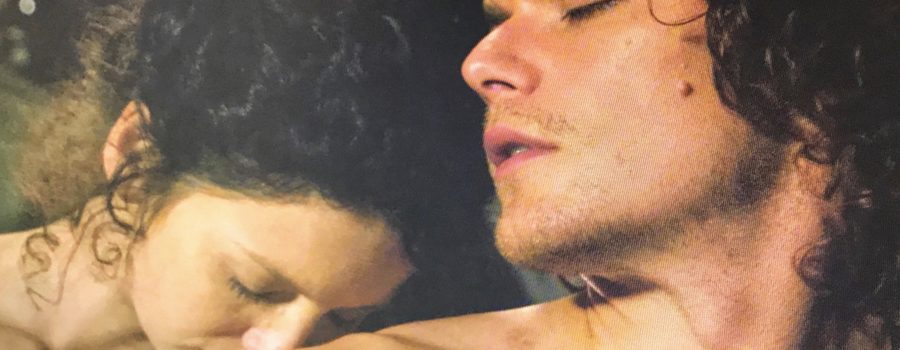



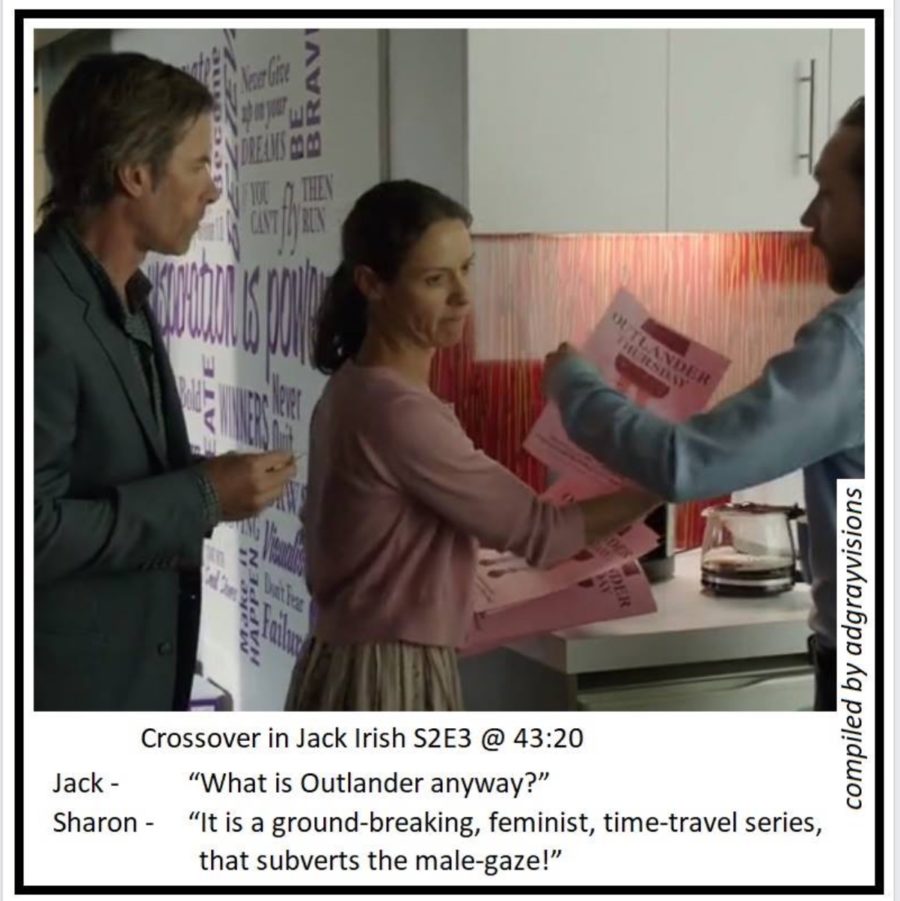
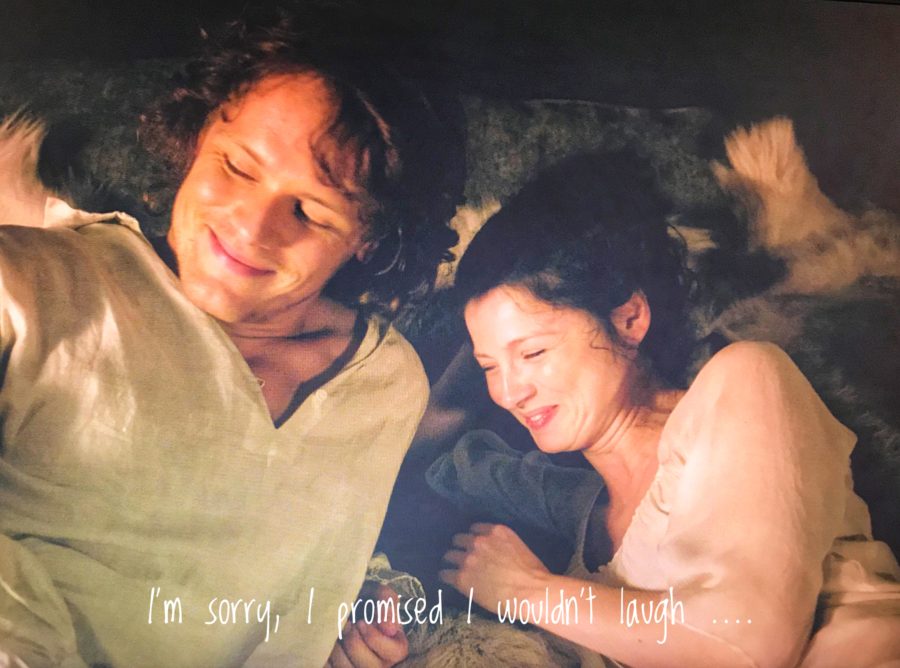
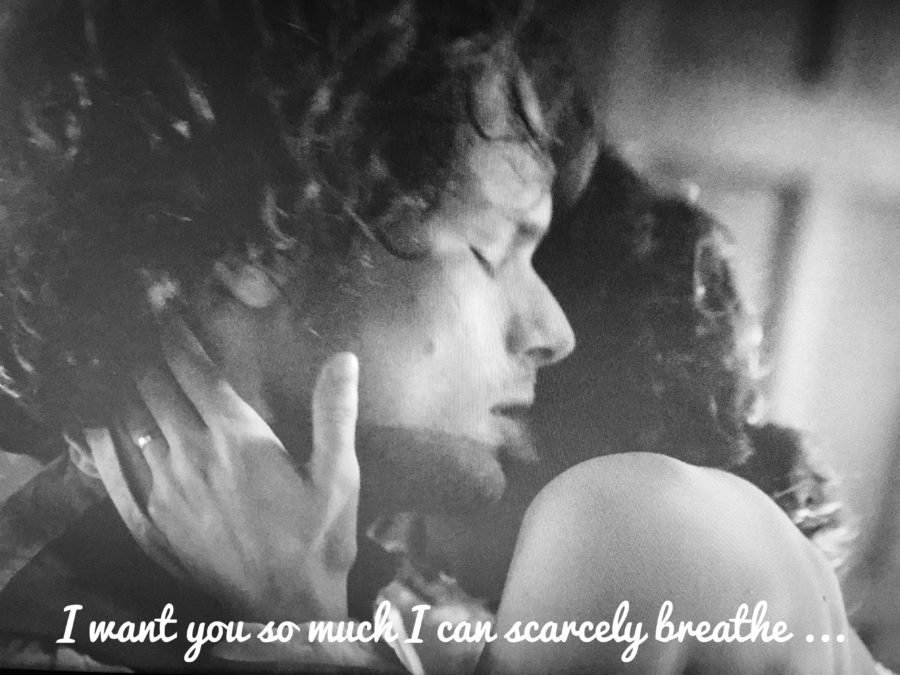
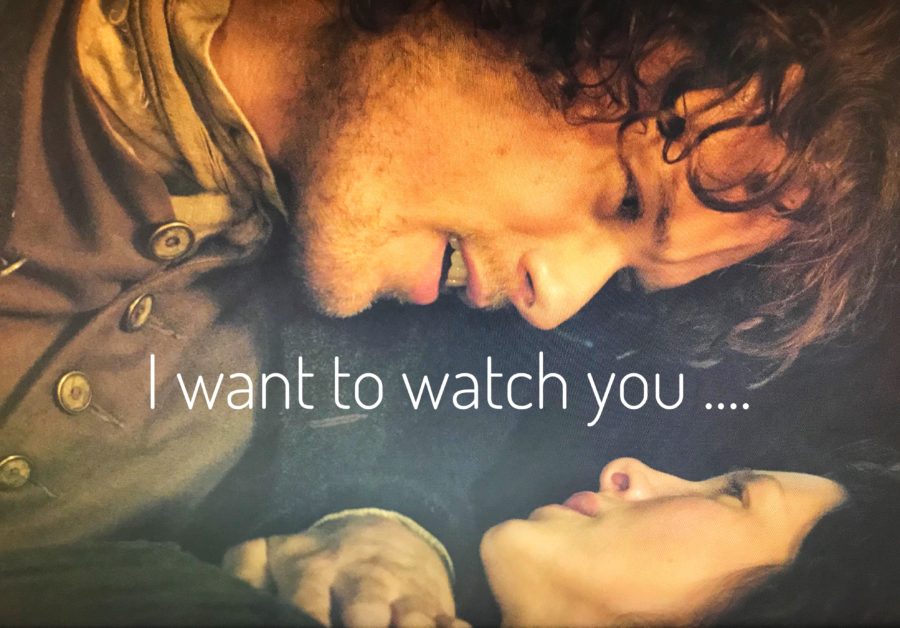
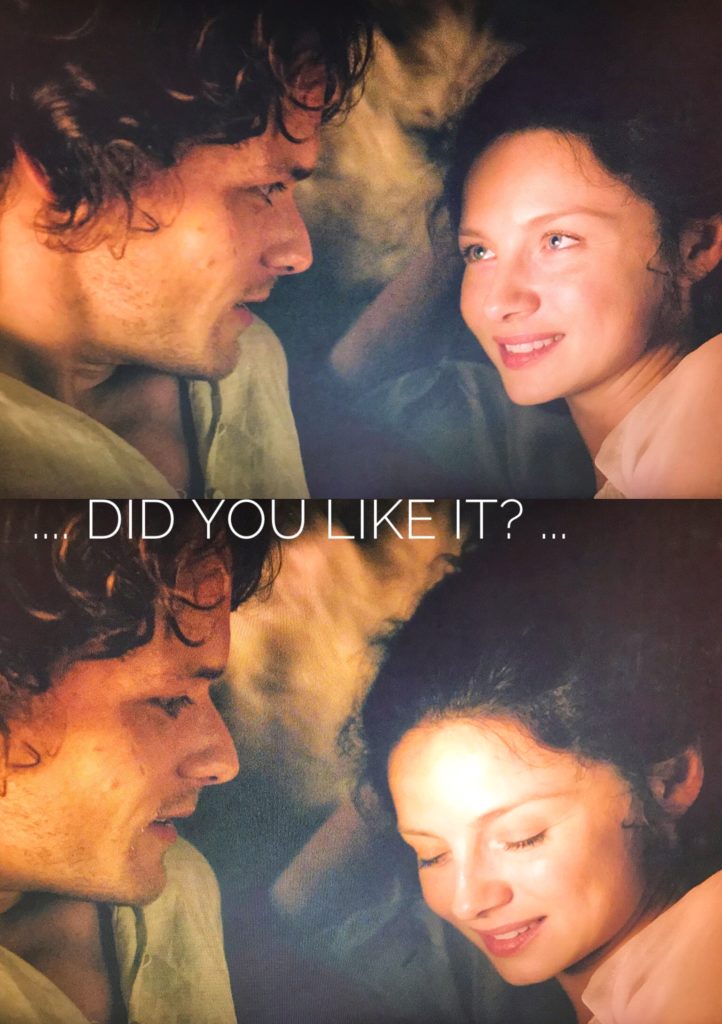
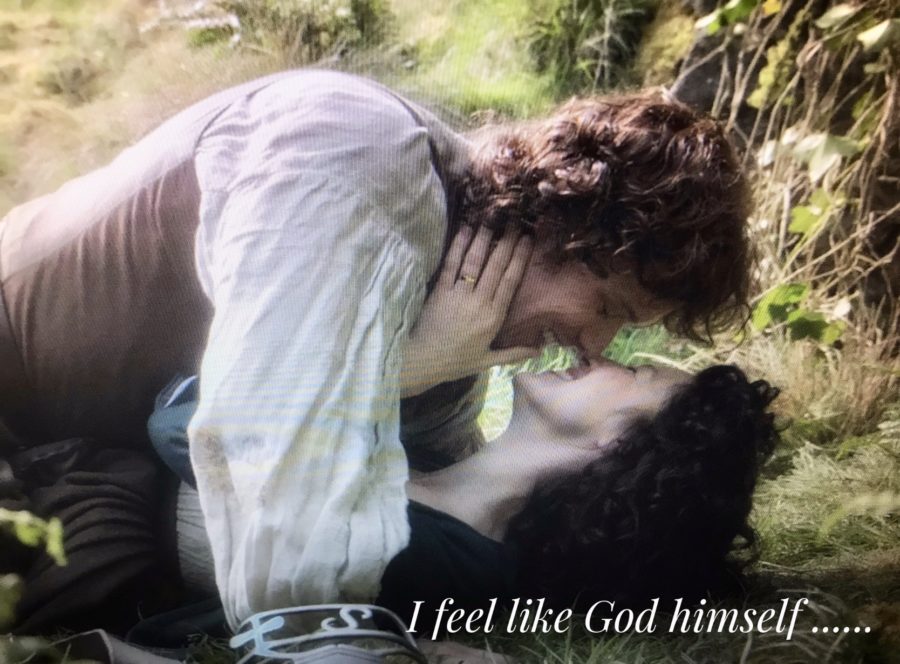
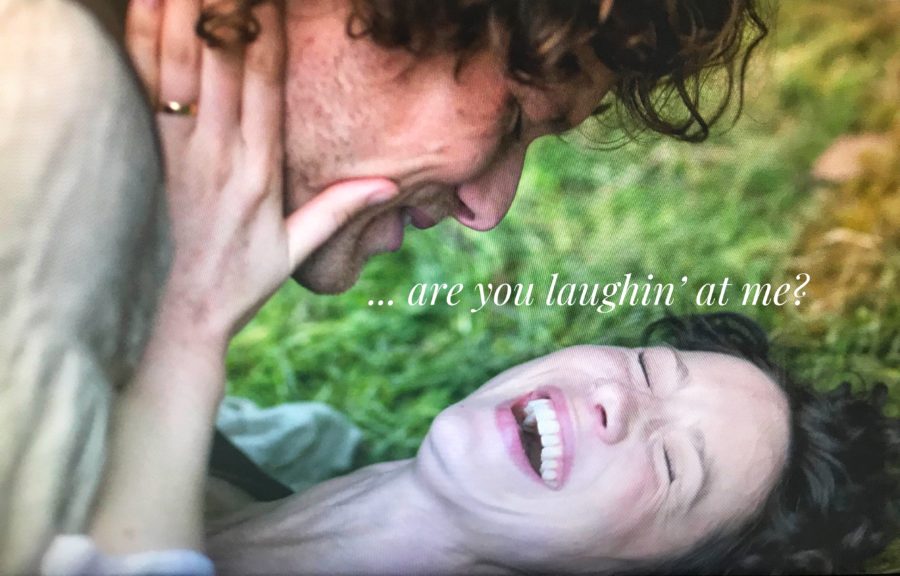
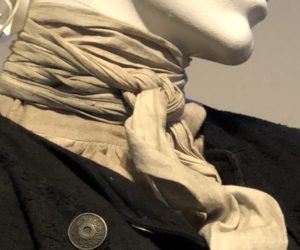
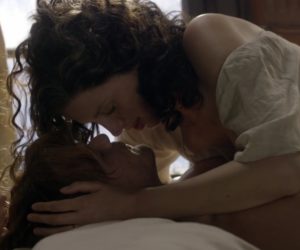
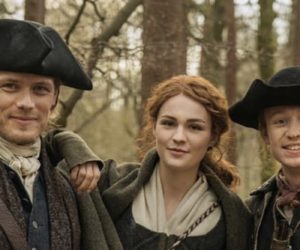
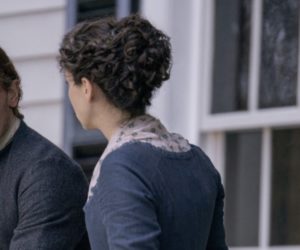





347 Comments
Leave your reply.